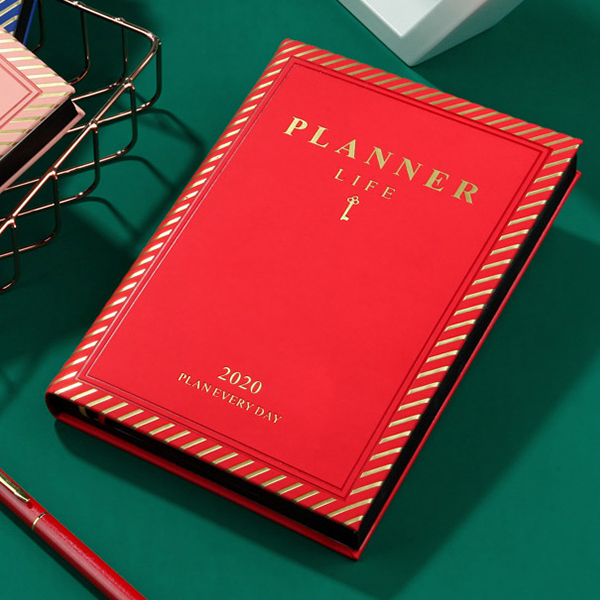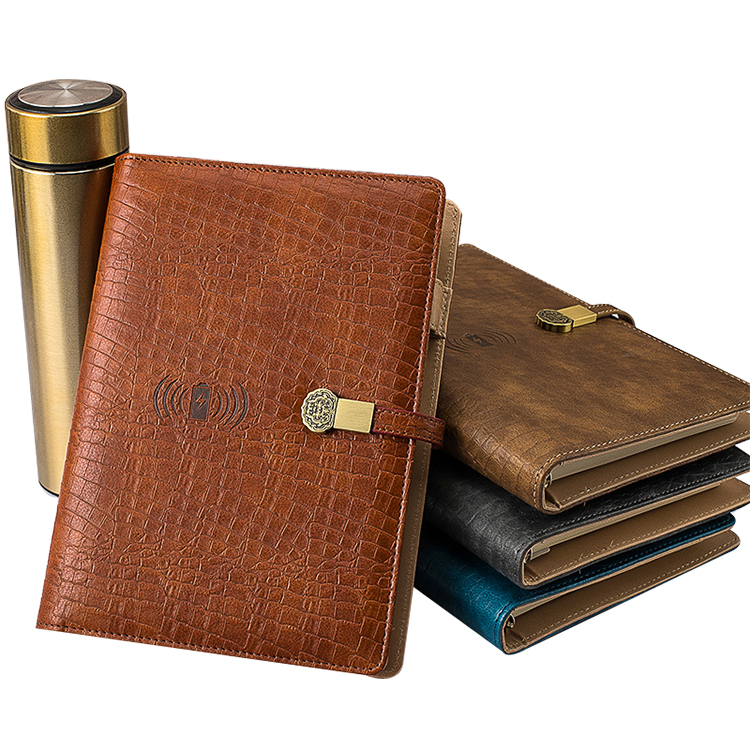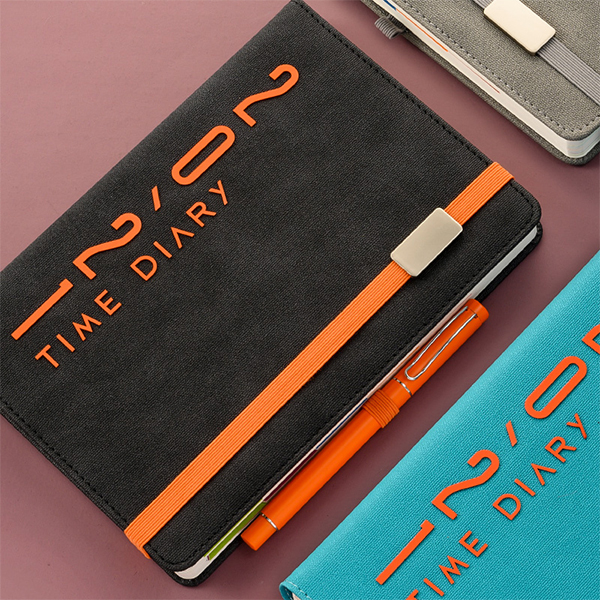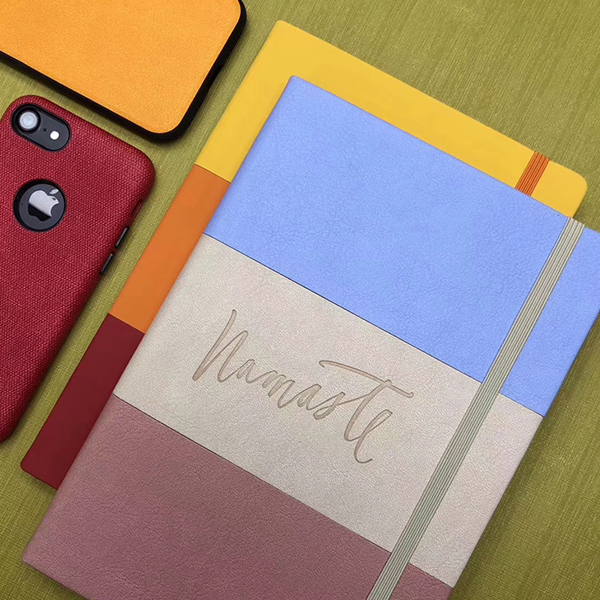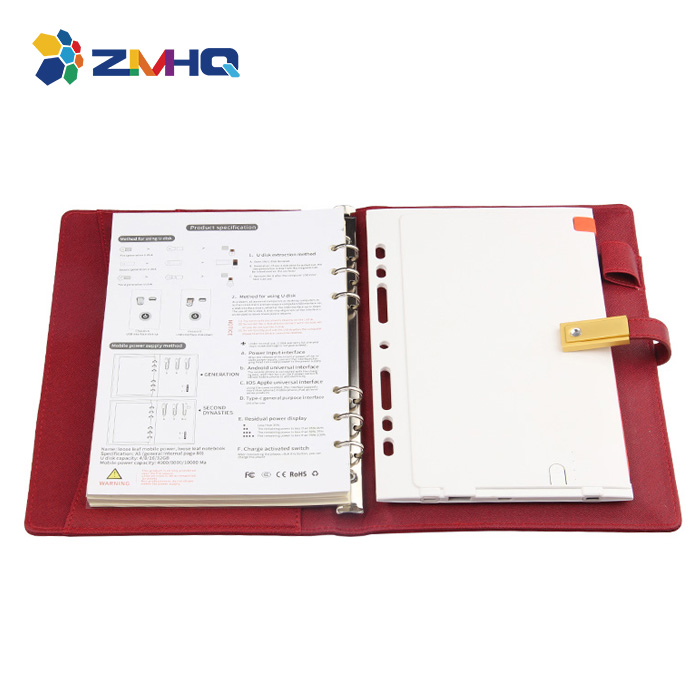
What is ring binders?
Ring binders (loose leaf binders, looseleaf binders, or sometimes called files in Britain) are large folders that contain file folders or hole punched papers. These binders come in various sizes and can accommodate an array of paper sizes. These are held in the binder by circular or D-shaped retainers, onto which the contents are threaded. The rings themselves come in a variety of sizes, including 0.5, 1, 1.5, and 2 inches (13, 25, 38, and 51 mm), though other sizes are also available. The rings are usually spring-loaded, but can also be secured by lever arch mechanisms or other securing systems. The binders themselves are typically made from plastic with metal rings. Early designs were patented during the early 1890s to the early 1900s.
Binders come in many standard sizes with respect to both capacity and paper size. Most countries use a two- or four-hole system for holding A4 sheets.
The most common type in Canada and the United States is a three-ring system for letter size pages (8+1⁄2 by 11 inches or 220 mm × 280 mm); similar to the European standard A4 type paper. A standard 8+1⁄2 by 11 inches (220 mm × 280 mm) sheet of paper has three holes with spacing of 4+1⁄4 inches (110 mm). "Ledger" size binders hold 11-by-17-inch (28 by 43 cm) paper, and may use standard 3-ring spacing or multiple additional rings.
The distance from the punched holes to the nearest edge of the paper is less critical, since small differences do not affect the compatibility of paper and binder. Typical distance from the paper edge to the center of the hole is 0.5 inches (13 mm), and typical diameter of the hole ranges from 0.25 inches (6.4 mm) to 0.31 inches (7.9 mm) in North American usage.
More extensive coverage of official and de facto standards for punched holes can be found in the article Hole punch.
Japan uses a unique system, referred to as J-Binder. This system is compatible with A4 and B5 paper with different products. The A4 version uses 30 closely spaced rings, while the B5 one uses 26. Less common variants such as a 20 ring A5 version also exist.
Many personal organizers and memorandum books use a six- or seven-hole system, including Filofax and FranklinCovey. Most systems have the rings on the left side of the papers as one opens the binder, but there are also binders that have the rings (concealed by the binder cover) at the top edge of the paper, reminiscent of a clipboard.
There are also various options of binder types such as the commonly used vinyl binders or customizable poly binders, turned edge binders, and sewn binders.
Most binder covers are made of three pieces, in the fashion of a hardback book, with three pieces of board held together with sheets of vinyl or other materials and hinges. Materials vary widely. Some vinyl binders have a clear pocket on the outside for cover pages, and many have pockets in the inner cover for loose papers, business cards, compact discs, etc. There are also zipper binders, which zip the binder up and keep papers from falling out. Some binders are stored in matching slipcases for greater protection; either with one slipcase per each binder, or one slipcase holding several binders.
It is also possible to insert the sheet of paper into a polypropylene sheet protector. The sheet protector has pre-punched holes, so the document can be kept untouched and unwrinkled.
We warmly welcome your inquiry and long term cooperate!
welcome you to be our distributor in your local market



